Peeing During Sex - Why It Happens and How to Take Back Control
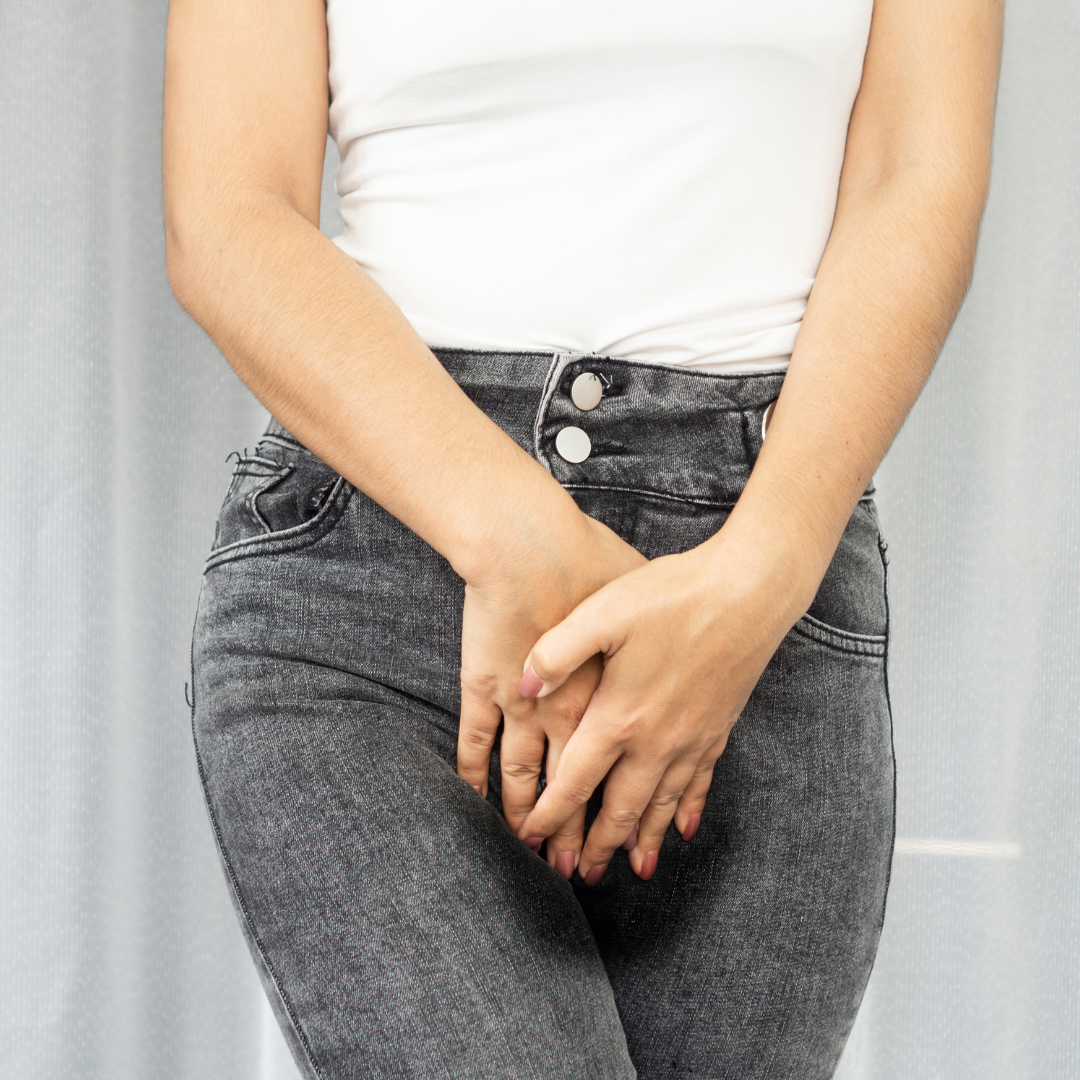
Table of Contents
Peeing during sex is more common than most women think, and nothing to feel ashamed about. For many, it’s a brief release that shows up with deep penetration, orgasm, or certain positions. For others, it’s something that starts to impact confidence in the bedroom.
This is called coital incontinence, and it’s usually linked to pelvic floor strength, hormone shifts, bladder pressure, or tension in the lower body.
The good news is it’s treatable. And better yet, it’s something you can work with.
Peeing During Sex vs. Female Ejaculation - Understanding the Difference
What Happens When You Squirt?
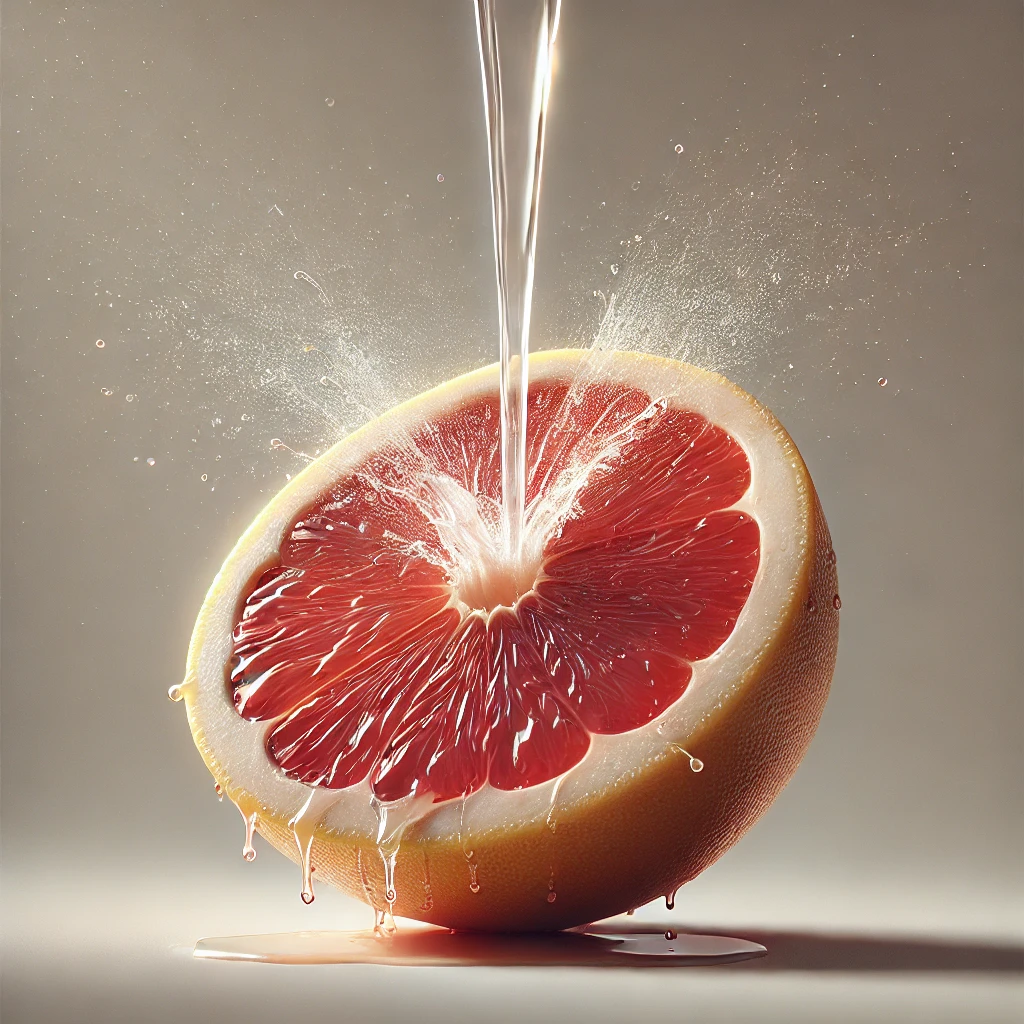
Squirting is not peeing. And yes, you can squirt. Every woman has the anatomical capacity.
When you squirt, pressure builds against the anterior vaginal wall, your G-spot (which is part of the internal clitoral structure). This activates your Skene’s glands, the tissue surrounding the urethra. If they’re stimulated enough, they release fluid through the urethra.
The urethra is the same exit as pee. But this fluid is not urine. It’s thinner, clear to milky, and chemically different. It doesn’t smell like pee.
What confuses most women is that the sensation of squirting feels like you're about to lose bladder control. And when you’ve been conditioned to clench, suppress, and stay “in control,” the moment your body wants to gush, your mind pulls the brakes.
If you’ve ever stopped yourself mid-orgasm thinking, “Oh my god, I might pee”, you probably just missed your first squirting orgasm.
How Coital Incontinence Differs from Squirting
Coital incontinence is urinary leakage. It’s the body responding to internal pressure, dysfunction, or disconnection. This is when your bladder gets involved, and not in a sexy way.
It happens:
-
During penetration when the angle puts pressure on your bladder
-
In positions where your core is unsupported and your pelvic floor collapses
-
When orgasm contracts the pelvic muscles, and if those muscles are weak or misfiring, the bladder slips
It’s also not uncommon post-childbirth, during hormonal changes (especially peri/menopause and pregnancy), or if your bladder is irritated or inflamed.
Why Does Peeing During Sex Happen? A Breakdown of Causes
Weak Pelvic Floor Muscles & Lack of Pelvic Floor Strength
Your pelvic floor is your root system. It holds up your bladder, your womb, and the base of your sexual power. When it’s strong, it lifts., supports, and contracts. When it’s weak, it leaks.
Most women don’t even know these muscles exist, until they start failing. Then suddenly you’re peeing when you laugh, when you sneeze, or when your partner thrusts at the wrong angle.
Sex demands a lot from your pelvic floor, pressure, rhythm, release, control. If these muscles can’t respond properly, they buckle under it.
This is common if you:
-
Have given birth or are navigating postpartum recovery
-
Have never trained these muscles through intentional movement (and no, clenching at a red light doesn’t count)
-
Are entering or have moved through menopause, when estrogen drops and muscle tone disappears
Stress Urinary Incontinence (SUI) and Sexual Incontinence

Stress incontinence means pressure overrides control.
This is when you leak during:
-
Laughter
-
Coughing
-
Exercise
-
And yes, penetration, orgasm, or G-spot stimulation
During penetrative sex, the physical pressure experienced, particularly with a penis or dildo, can exacerbate leakage, especially if pelvic floor muscles are weak or poorly coordinated.
We call this sexual incontinence when it happens specifically in response to sex. But it’s still your nervous system and muscular system talking over each other.
Your bladder feels the pressure of arousal or movement and hits panic mode.
Pressure on the Bladder from Different Sex Positions
Positions that involve, deep penetration, G-spot stimulation, rear entry or angled thrusting, can all put direct pressure on your bladder and urethra. The result is sudden urgency, a leak, or a full release that leaves you pulling away, apologizing, or holding back.
This isn’t a cue to stop having sex, it’s a cue to get curious. What positions support your body? Which ones strain it?
Bladder Irritants & Lifestyle Factors
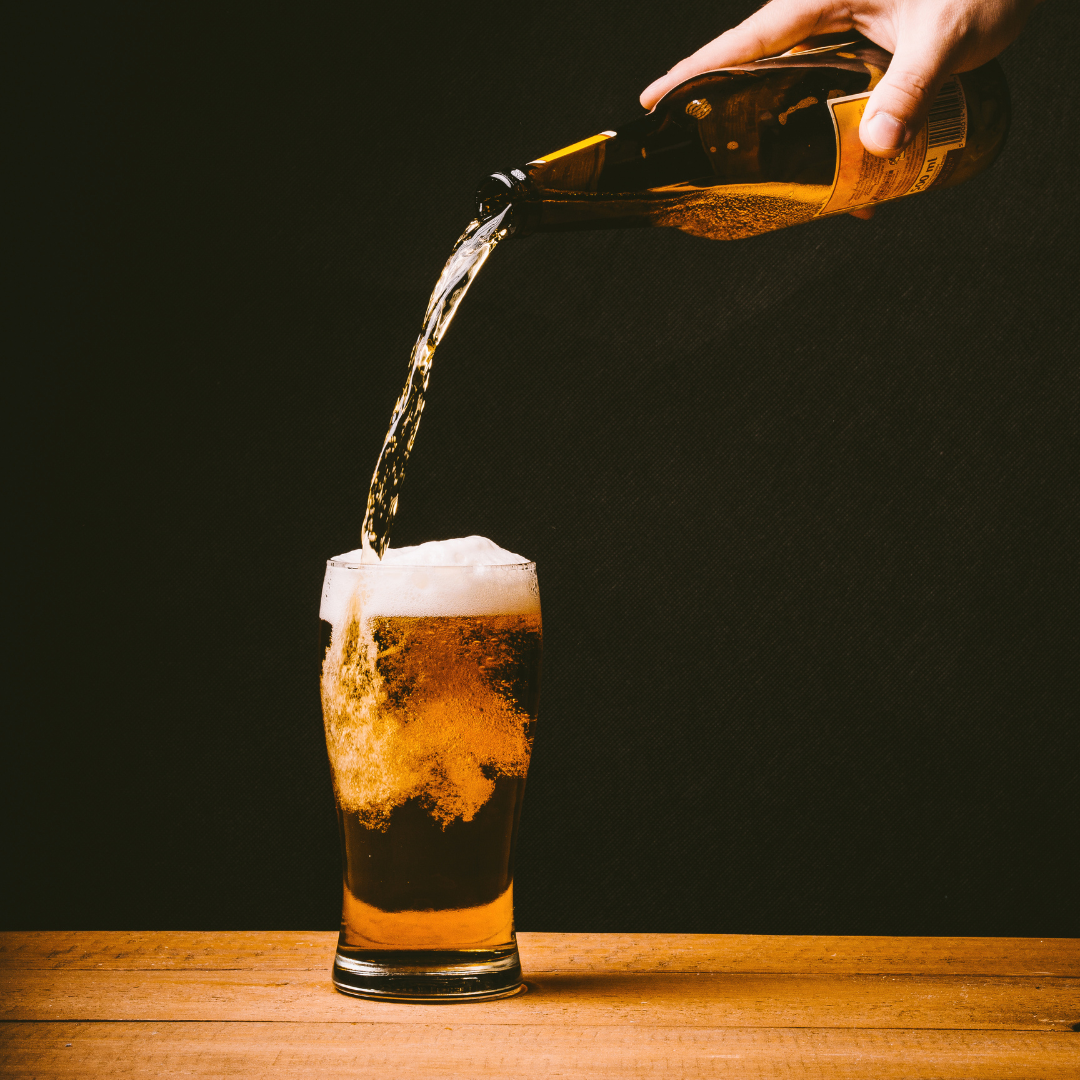
Your bladder is responding to your entire life. What you eat, drink, how you stress, how you hold tension. Male incontinence can also be affected by similar lifestyle factors and health complications.
Some common irritants that can make bladder control worse:
-
Caffeine
-
Alcohol
-
Carbonated drinks
-
Acidic foods (think citrus, tomatoes)
-
Artificial sweeteners
-
Dehydration (yes, not drinking water can make leakage worse)
This is where hydration, herbal support, mindful eating, can actually bring sexual healing
Hormonal Imbalances & Their Effect on Pelvic Floor Control
If you’re postpartum, perimenopausal, cycling irregularly, or recovering from hormonal shifts, of course your bladder is acting up. Estrogen is directly tied to pelvic floor tone and urethral strength.
When your hormones drop (like they do after birth, during menopause, or even during menstruation), your muscles soften, your tissues thin, and your bladder becomes more reactive.
You may notice:
-
Increased sensitivity
-
More frequent urination
-
Sudden leaks during high arousal or climax
Treatment & Solutions - Regaining Control Over Your Bladder During Sex
Pelvic Floor Exercises (Kegels) to Strengthen the Muscles
-
First, locate the right muscles. Try stopping the flow of urine mid-stream once, just to identify the area.
-
Next, contract those same muscles, lift, hold for 3–5 seconds, then release.
-
Do this slowly. Intentionally. Without holding your breath or clenching your jaw.
-
Repeat in sets. Focus on quality, not speed.
Daily Kegel practice will restore tone, rebuild muscle control, and help you feel more grounded during penetration, orgasm, and moments of intense sensation. And yes, this also makes your orgasms stronger.
Pro tip: add a yoni egg to your practice (more on that below) for better feedback, control, and connection.
Trying Different Sex Positions That Reduce Bladder Pressure
Some positions press directly into the front vaginal wall (where the bladder sits), especially if your pelvic floor is still weak or your urethra is sensitive.
What helps:
-
Try shallow penetration or side-lying positions to reduce intensity
-
Use pillows under your hips or knees to change the angle and lift pressure off the bladder
-
Communicate with your partner. If a position makes you feel unstable or on edge, it’s okay to stop, adjust, and explore something else
Yoni Eggs: Rebuilding Pelvic Floor Strength + Awareness

A yoni egg is a polished, egg-shaped crystal that’s inserted into the vaginal canal for pelvic floor training.
During sex, your pelvic floor must be able to reflexively contract and release to support penetration and handle pressure. If these muscles are weak, disconnected, or undertrained, urine leakage is more likely.
Using a yoni egg increases neuromuscular awareness. It gives your brain something to connect with, so you’re not just hoping you’re using the right muscles, you can feel it. Strengthening the pelvic floor with resistance (via the egg) helps restore the reflex control needed to hold urine during penetration or orgasm.
How to use Yoni Eggs for urinary leakage:
-
Insert the yoni egg while lying down, knees bent, feet on the floor. Use natural lubricant if needed.
-
Breathe deeply, and begin contracting your pelvic floor around the egg (a gentle lift, not a hard squeeze).
-
Hold for 3–5 seconds, release fully. Do 8–10 reps.
-
Focus on engaging during exhale and relaxing during inhale. This trains the timing and coordination needed for sexual pressure control.
-
Use it 3–4x per week. Avoid using it while walking or doing chores, this leads to overuse of outer muscles like glutes and thighs instead of the pelvic floor.
Crystal Pleasure Wands: Releasing Internal Tension + Restoring Muscle Responsiveness
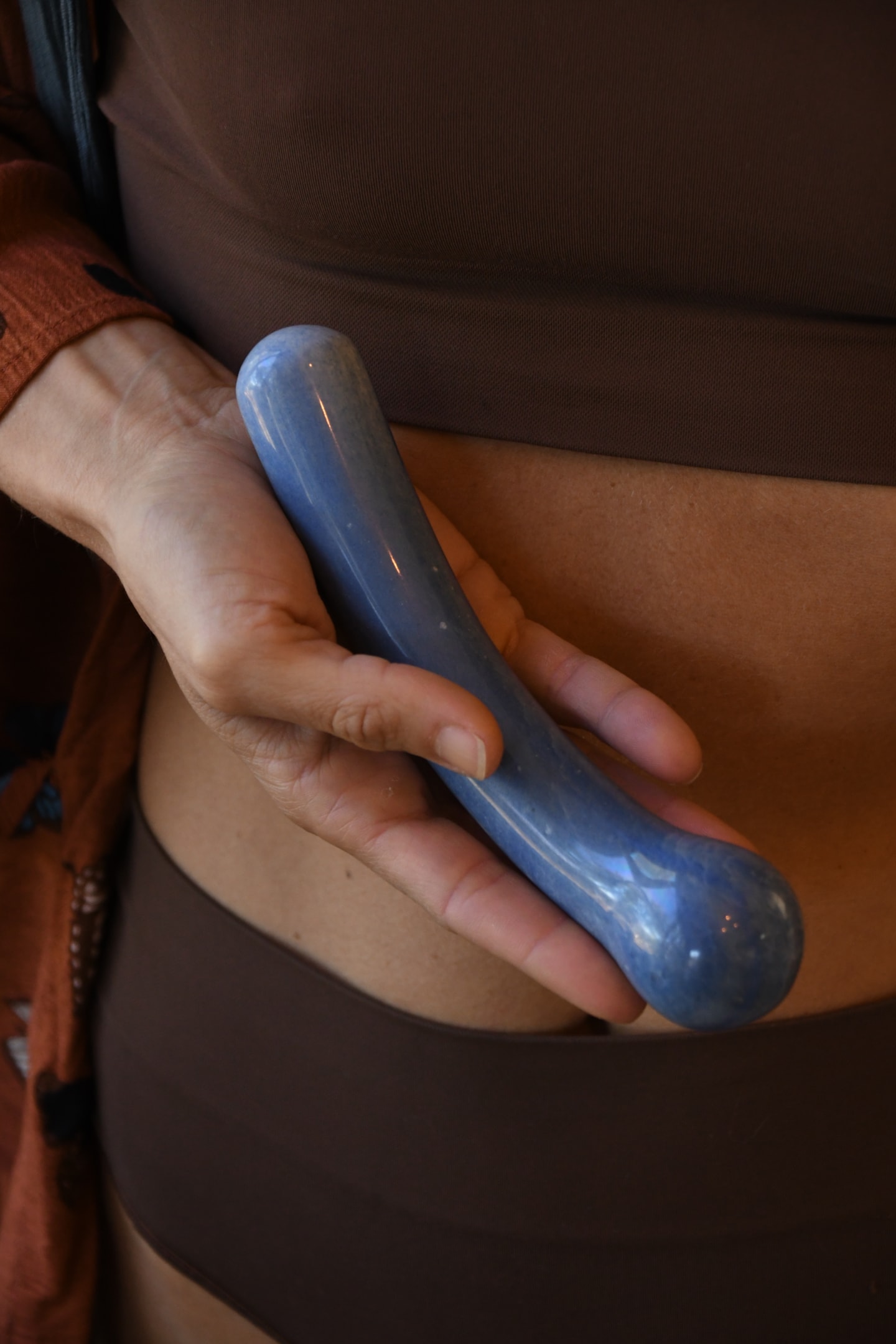
While yoni eggs build tone and strength, crystal wands are about restoring tissue mobility and responsiveness, especially when incontinence isn’t caused by weakness, but by gripping, tightness, or fascial restriction.
Many women experiencing bladder leakage during sex aren’t just weak, they’re tight in all the wrong places. Pelvic floor muscles may be overactive (hypertonic), especially around the urethra, bladder wall, and anterior vaginal canal. This is common in women with a history of birth trauma, high-stress lifestyles, painful sex, or emotional contraction.
Here’s why crystal wands help:
-
They allow you to gently massage and explore the front vaginal wall, which lies directly below the bladder. Tension here can restrict bladder capacity or irritate the urethra, both triggers for coital incontinence.
-
Crystal wands give you access to scar tissue, trigger points, and tight fascia that are often invisible in a pelvic exam but very real in your body’s lived experience.
-
By using breath and slow internal massage, you retrain your pelvic floor to relax when appropriate, reducing involuntary contraction or pressure release during sex.
-
This also improves tissue elasticity and blood flow, making your pelvic tissues more resilient under arousal and during orgasm.
How to use a crystal wand to support bladder control:
-
Choose a slim, smooth wand made of body-safe crystal.
-
Lubricate and insert gently. Focus on the anterior wall, this is the area most involved in coital incontinence.
-
Apply gentle pressure and slow strokes along the bladder-facing wall. If you find sensitive or numb areas, pause. Breathe. Soften.
-
Combine this with vocalization or sound on the exhale to help the nervous system release holding patterns.
-
Practice 1–2x per week for 10–15 minutes to start.
Conclusion
Your body is intelligent, and with the right support, it responds beautifully.
If you’ve experienced peeing during sex, know that it’s more common than you think, and it’s something you can improve. With consistent pelvic support, mindful movement, and a better understanding of what your body needs, intimacy can start feeling more relaxed, more enjoyable, and more connected again.
Related Articles




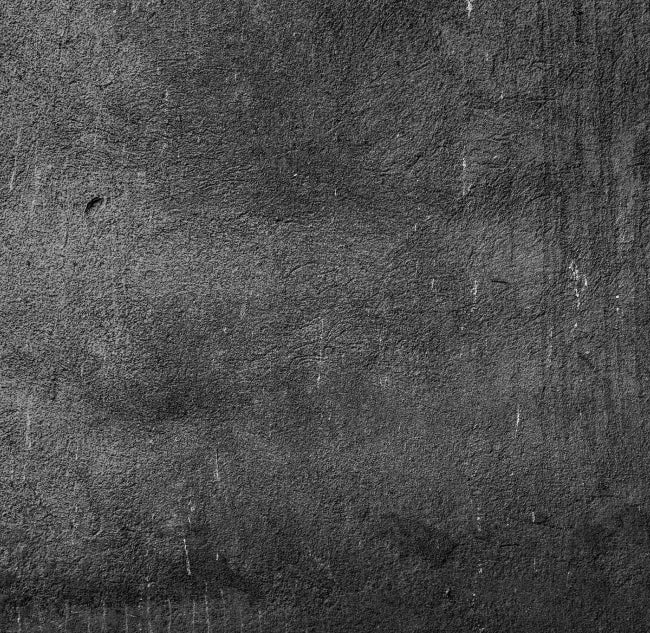



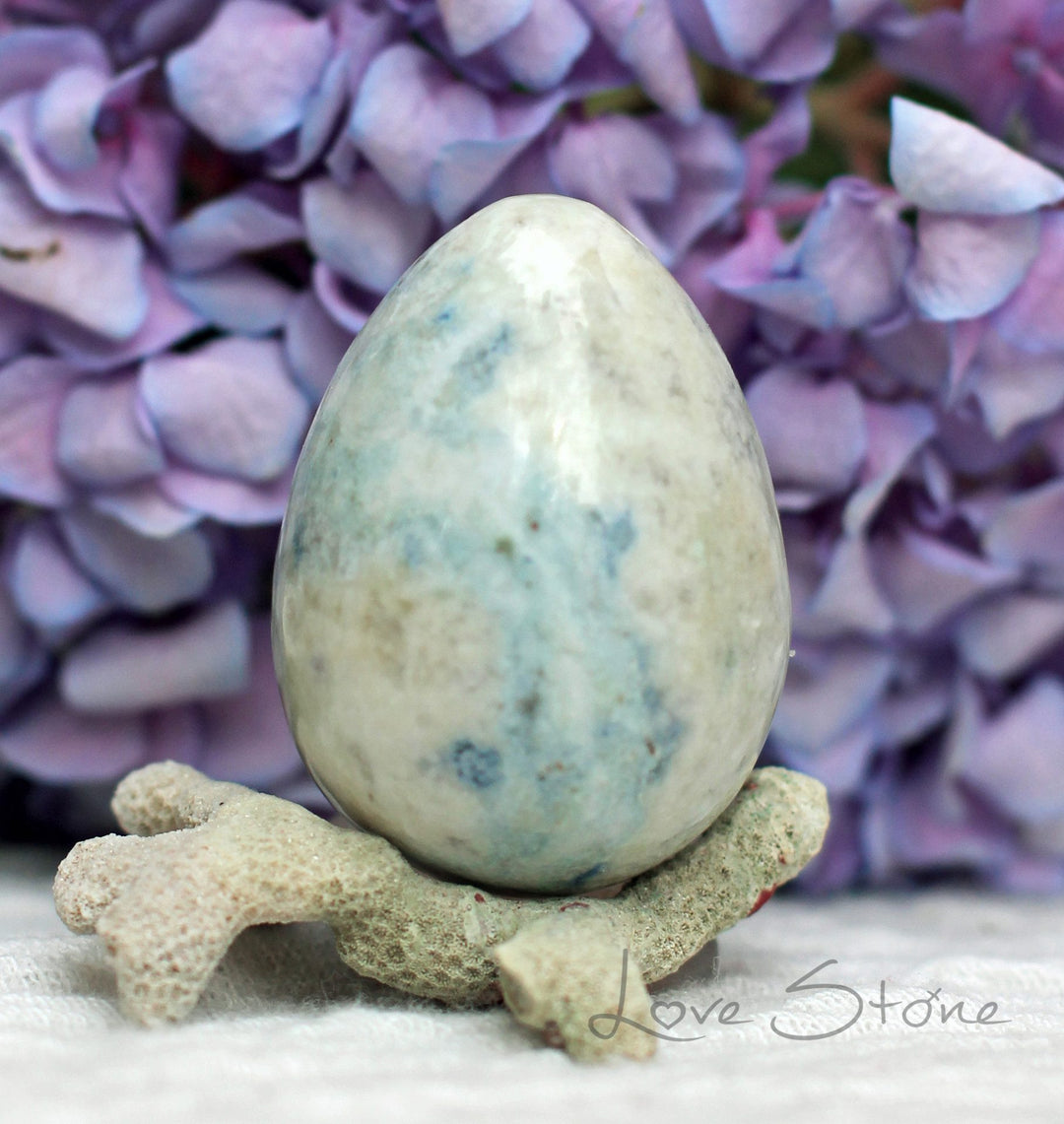



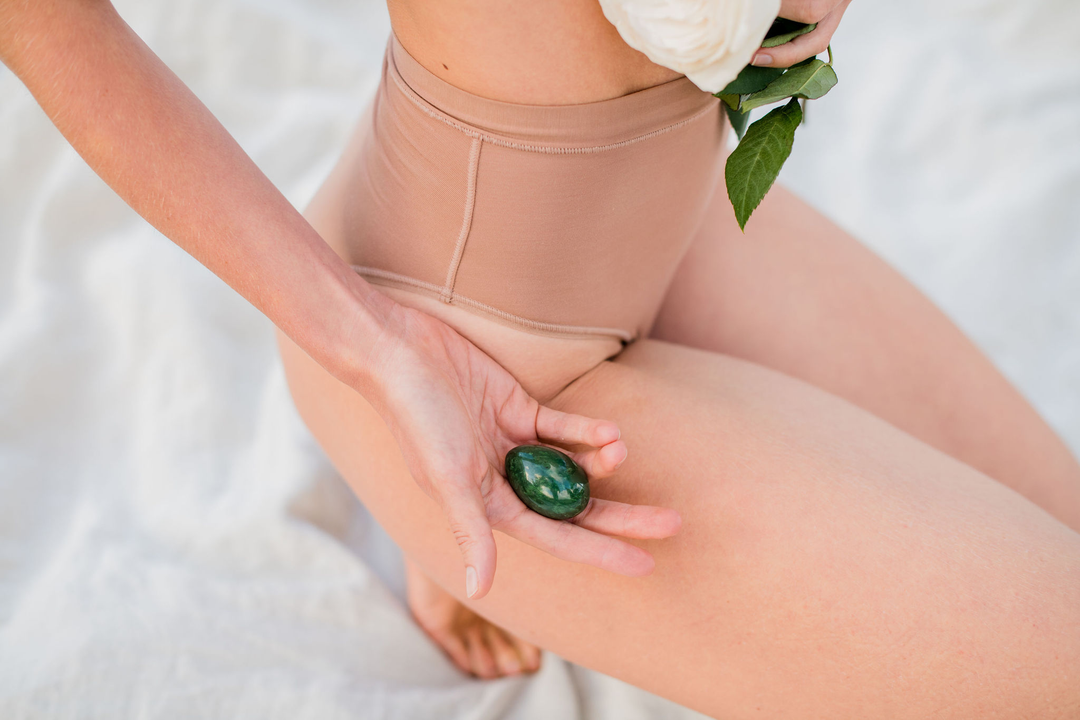
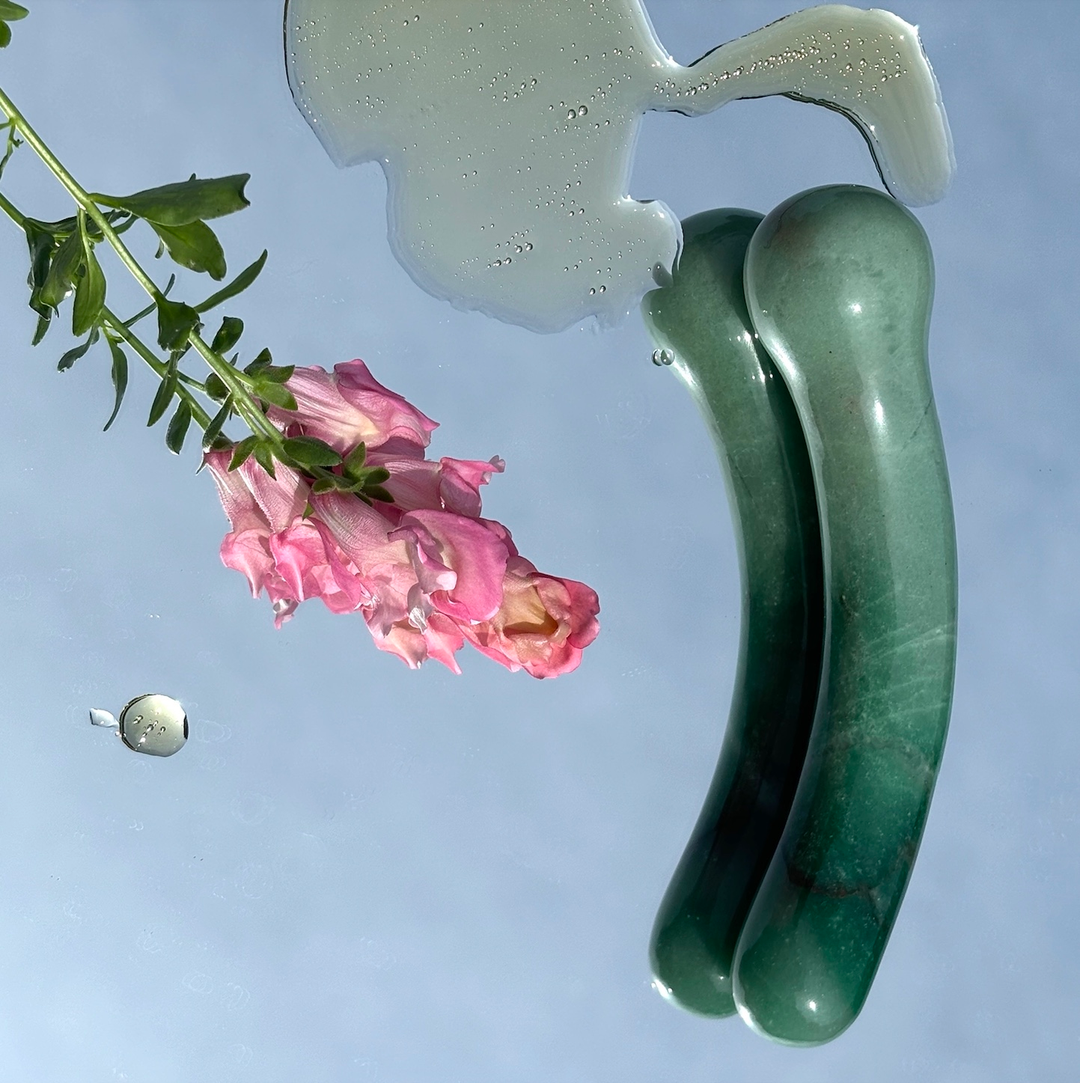

Leave a comment